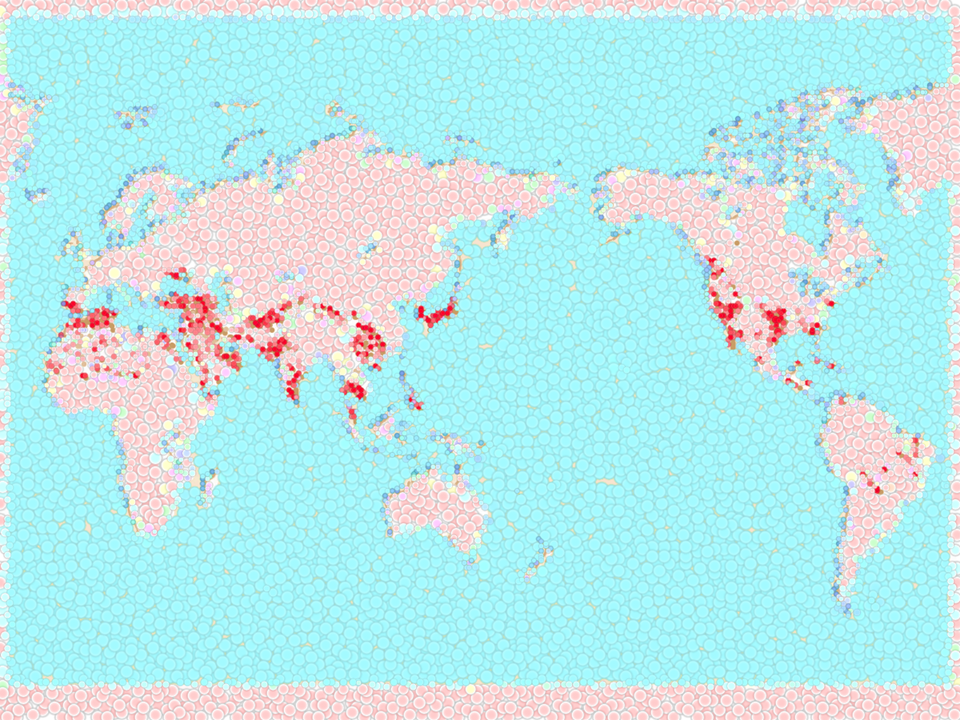Pick Up
1318. Extreme Heat Affects Millions

1318. Extreme Heat Affects Millions
Extreme heatwaves, with dangerously high daytime and nighttime temperatures, are affecting millions worldwide, highlighting the importance of early warnings and heatstroke prevention action plans. Wildfires and air pollution further exacerbate the problem.
Extreme heatwaves are sometimes called silent killers. Estimates suggest that between 2000 and 2019, approximately 489,000 people died from heatstroke each year, 45% of which occurred in Asia and 36% in Europe. Globally, it is recognized that official diagnoses of heatstroke-related illnesses, injuries, and deaths are underreported. In urban areas, the impact of heat on human health is more pronounced due to the urban heat island effect. Older people and those with chronic illnesses are at higher risk. Additionally, during summer, intense heat near the ground combined with cooler air aloft typically leads to intense rainfall and devastating flash floods in high altitudes, potentially further impacting livelihoods, infrastructure, and landslides.
As recently reported, according to the EU's Copernicus Climate Change Service, July 2025 was the third-hottest July in the world (after July 2023 and July 2024), and average sea surface temperatures were also the third-highest on record.
According to the World Meteorological Organization (WMO), from late July to early August, maximum temperatures exceeded 42°C (104°F), with some areas reaching 45°C (111°F), in Western Asia, southern Central Asia, much of North Africa, southern Pakistan, and parts of the southwestern United States. In southwestern Iran and eastern Iraq, temperatures exceeded 50°C (122°F), disrupting power and water supplies, education, and labor.
On August 5, Japan recorded a national record high of 41.8°C (107.2°F), surpassing the previous record of 41.2°C set on July 30. During this prolonged and unusual heatwave, new records were set at dozens of observation stations for both daytime maximum and nighttime minimum temperatures.
Contributor: IIYAMA Miyuki, Information Program
